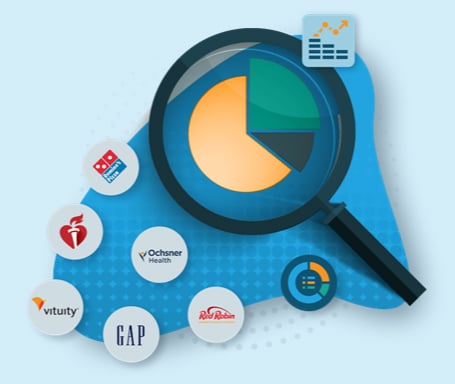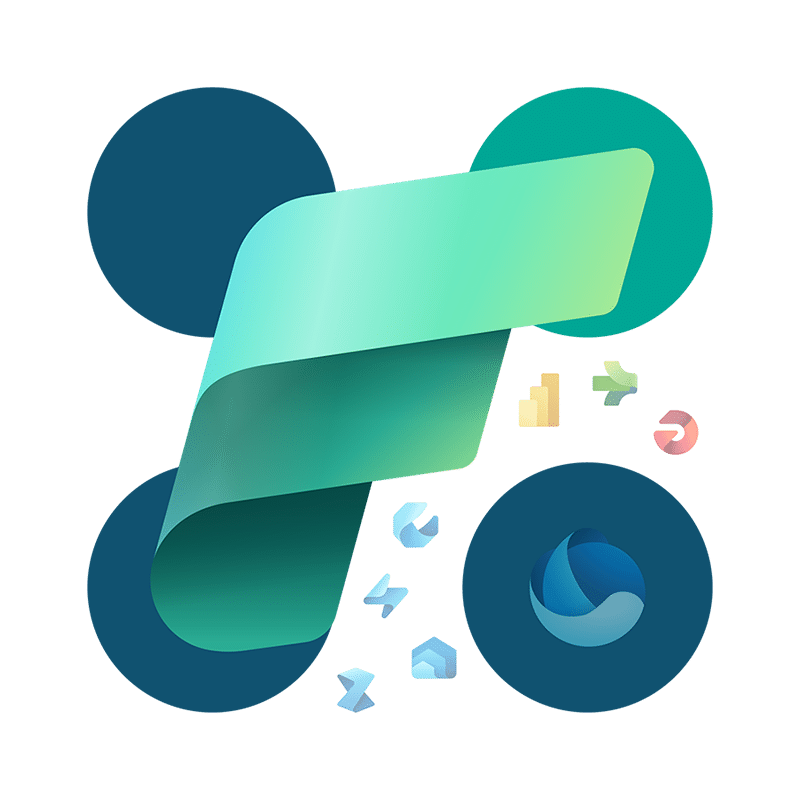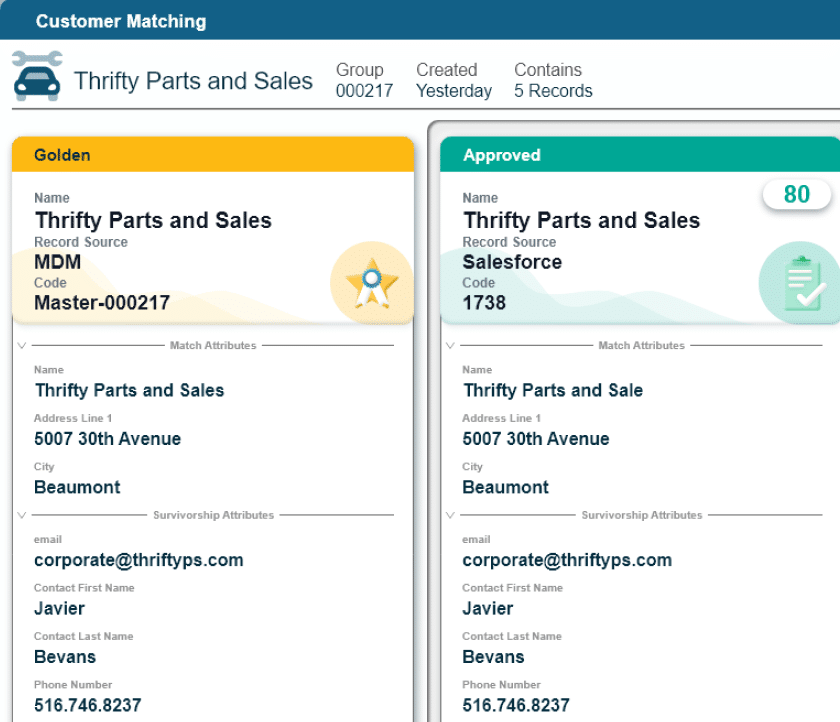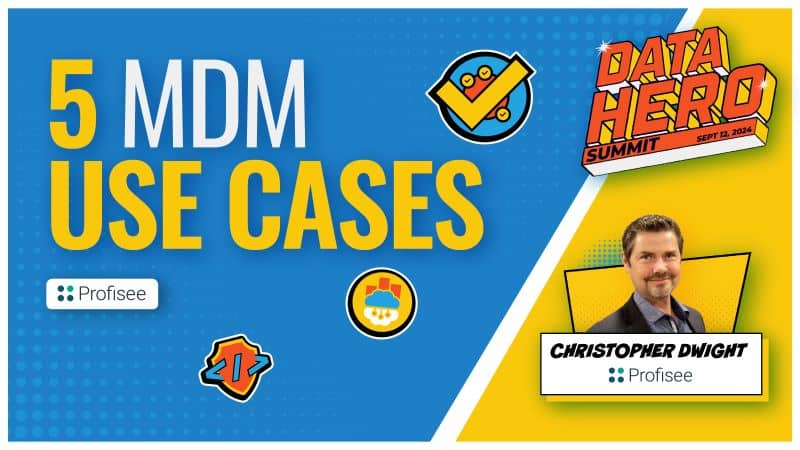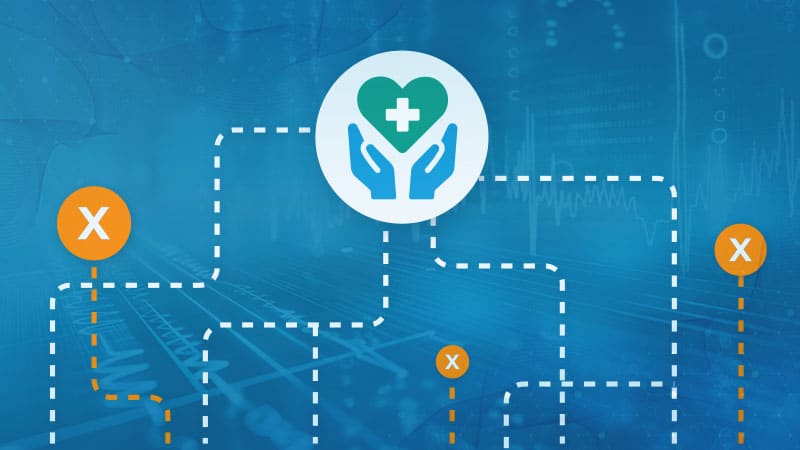What We Mean by Lifetime Value
In the business world, you often hear references to the “Total Lifetime Value of a Customer,” the meaning of which sometimes varies. One permutation of lifetime value is calculated on an aggregate basis across all of your customers, answering the question, “What is the average value of a newly obtained customer?” The Aggregate Lifetime Value can be calculated based on simple financial metrics including revenue, profit, and customer retention.
Refer to en.wikipedia.org/wiki/Customer_lifetime_value for further definition.
While it’s useful to understand the average lifetime value of a customer in aggregate as a potential business metric or KPI as an input to marketing, it doesn’t give you any insight into the characteristics of customers with higher and lower lifetime values, how you can segment your customers by those characteristics for marketing, and opportunities to manage customer relationships accordingly.
To achieve this, we need a much more granular and targeted metric, focused on calculating the Individual Customer Lifetime Value.
The Challenge
In most business, customer interactions and sales are driven by and recorded in multiple systems. The e-commerce platforms of a B2C business track customers and sales separately from Point-of-Sale systems running in brick and mortar retail locations. Each line of business of a B2B company may be running separate ERP instances. Here’s some real world examples.
- An insurance company has a portfolio of insurance products which has grown over time via a combination of organic growth and acquisition. Each new policy issued will be created and maintained in one of several enterprise systems. Each policy is attached to a “member” (i.e., customer) record, with duplicate member records existing within and across systems for different policies.
- An industrial manufacturing company has four distinct lines of business, each running its own instance of SAP. Its customers are typically other industrial and manufacturing companies, who often purchase products across multiple lines of business.
- A large automotive dealership with hundreds of locations across all major brands records interactions with customers across several different systems, including sales, financing, and service. Over the course of time, customers may purchase multiple cars from different brands and dealerships, and service those cars at their respective dealerships.
Despite being very different businesses, each of these share a common challenge: How to connect the dots for a given customer across their enterprise systems to understand the lifetime value of individual customers and the characteristics of higher and lower value customers.
The Solution
Solving the Individual Customer Lifetime Value puzzle requires a combination of master data management to “connect the dots” between systems and analytics to “do the math.”
Master data management solutions, such as the Profisee Platform, are able to rationalize customer data across multiple operational systems, allowing you to create a single view of your customers. To do this, MDM platforms typically consolidate the customer information from each system, and then use data quality, verification, parsing, and matching to uniquely identify each customer and tie together their identities across all systems. In the end, each unique customer is represented by a single golden record with the most complete picture of that customer, creating a handle for downstream analytics.
This new Customer Master can then serve as the source for your analytics platform, and once married with the sales transactions across all systems, you can calculate the total value of each individual customer.
This new 360° view of your customer allows you to understand who your highest value customers are, and analyze your customer base by various characteristics to understand potential opportunities to better serve your high value customers, focus your marketing spend to target other potential high value customers, and identify ways to increase revenue from lower value customers.
Interested in learning more? Download a copy of the Complete Guide to Customer 360 below.

Forrest Brown
Forrest Brown is the Content Marketing Manager at Profisee and has been writing about B2B tech for eight years, spanning software categories like project management, enterprise resource planning (ERP) and now master data management (MDM). When he's not at work, Forrest enjoys playing music, writing and exploring the Atlanta food scene.
